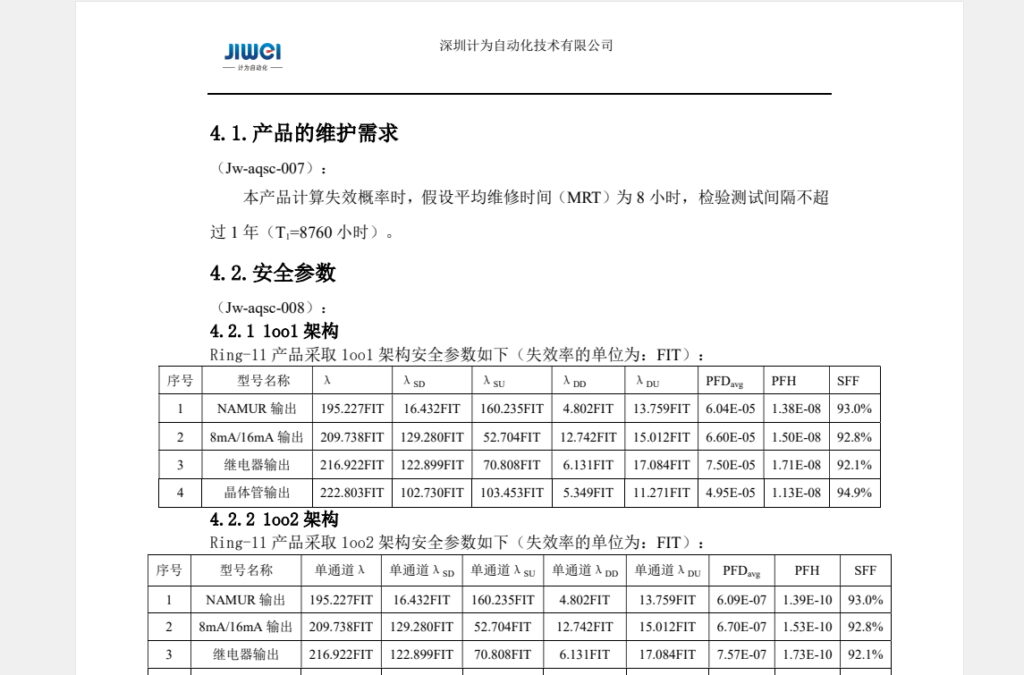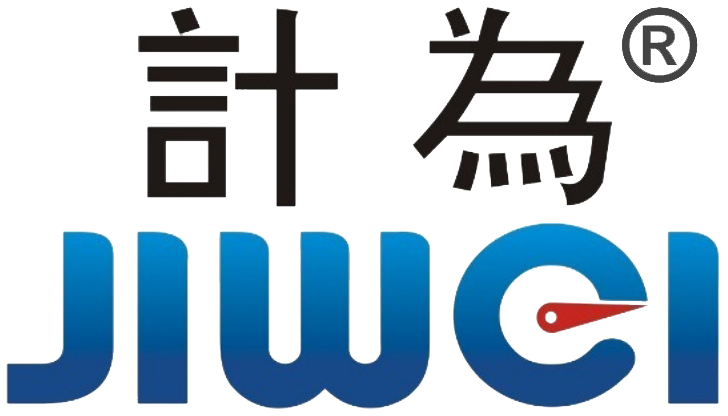How to Identify Fake SIL Certificates in Industrial Automation and Ensure True Functional Safety
In high-risk industrial sectors such as petrochemicals, nuclear power, rail transit, and hazardous chemical processing, Safety Integrity Level (SIL) certification is a fundamental benchmark for assessing an instrument’s reliability and its ability to safely perform predefined safety functions in the event of a failure. For any enterprise building a Safety Instrumented System (SIS), choosing an instrument with genuine SIL certification is the final line of defence for protecting lives and property.
However, as functional safety has gained attention, a troubling “grey zone” has emerged in the Chinese instrumentation market—the widespread proliferation of fake SIL certificates. Many companies that lack functional safety design capability or testing conditions obtain counterfeit certificates through improper means. These fake certifications not only disrupt the market but, more critically, expose end-users to severe and often invisible risks.

So the key question is: How can buyers and engineers develop the “sharp eyes” needed to identify fake SIL certificates and avoid being misled by products that gamble with safety?
1. The Root Cause of Fake Certificates: A “Cost Trap” Driven by High Barriers
Authentic SIL certification is an extremely costly, time-consuming, and technically demanding process. Manufacturers must provide stringent hardware fault tolerance (HFT), detailed diagnostic coverage (DC) data, and undergo extensive FMEDA analysis (Failure Modes, Effects and Diagnostic Analysis) conducted by internationally qualified third-party agencies. This includes months of product testing, documentation reviews, and audits. The total investment often reaches hundreds of thousands—or even millions—of RMB, putting genuine certification far beyond the reach of most small instrument manufacturers.
This high threshold has created fertile ground for counterfeit certificates. Some vendors entice companies with slogans like “quick approval” or “lowest-cost certification,” exploiting buyers’ limited functional safety knowledge and desire to control costs.
2. Four Key Indicators for Identifying Fake SIL Certificates
To distinguish authentic certificates from counterfeit ones, you must look beyond the appearance of the document and focus on the ecosystem and process behind it.
(1)Certificate Verifiability: The Authority of Official Platforms
This is the most critical and non-negotiable test.
Genuine certificate:

For certificates issued by international authorities (such as TÜV or SGS), the certificate number must also be traceable in the official global database of that institution.
Fake certificate:
Counterfeit certificates are often issued by unknown “international agencies,” usually small, low-credibility organizations from Eastern Europe or entities pretending to be Italian institutions. These certificates cannot be found in CNCA nor in any legitimate global database.
Common scam technique:
Fraudulent organizations build fake “official-looking” websites that mimic authoritative databases. Buyers can “look up” the certificate, creating the illusion of authenticity. In reality, these are self-built verification pages designed to support the counterfeit certificate.
(2)Missing Core Technical Document: The Safety Manual
The foundation of SIL certification is not the certificate itself but the safety data behind it.
The Safety Manual is the legally binding document that carries these data and serves as the technical basis for system integrators (SI) and end-users designing a Safety Instrumented System (SIS).
Genuine certificate:
A manufacturer with real SIL certification must provide a complete, standardized Safety Manual containing:
- Safety function descriptions
- HFT, DC, SFF/PFDavg parameters
- Failure behaviour
- Operating and design constraints for achieving the certified SIL level
- Usage restrictions and integration guidelines
Fake certificate:
Counterfeit certificate providers cannot produce a Safety Manual, because they never performed a real FMEDA analysis.

(3)Certification Process: Whether Testing and On-Site Audit Occurred
Genuine certificate:
Requires submission of actual product samples, full testing, documentation review, and on-site audits by functional safety experts who inspect the manufacturer’s quality management system.
Fake certificate:
The reason fake certificates often cost as little as 1,000 RMB is simple:
No sample testing, no FMEDA, no audit—just paperwork.
All “safety data” are fabricated.
4. Product Design: Whether It Includes Functional-Safety-Level Diagnostics
Genuine SIL instrument:
To achieve SIL2 or SIL3, the instrument must include design features such as:
- High diagnostic coverage
- Self-diagnostic mechanisms
- Redundant or fail-safe design considerations
- Clear failure mode characteristics
Fake SIL instrument:
Typically nothing more than a standard industrial-grade instrument without any functional-safety-related electronics or diagnostic architecture.
3. Jiwei Automation: A Model of Genuine SIL Certification
A leading example in China’s level measurement industry is Jiwei Automations.
Core products such as the Ring-11 Tuning Fork Level Switch and Flap-11 Magnetic Level Gauge have successfully obtained genuine, authoritative SIL certification.

Jiwei openly provides:
- Certificate numbers traceable on the CNCA official website
- Complete Safety Manuals with transparent PFDavg and SFF data
- Compliance evidence that meets IEC 61508/61511 requirements
As one of the few vertically integrated manufacturers in China’s level measurement sector, Jiwei deeply understands the importance of functional safety and consistently invests in genuine certification processes—fulfilling its responsibility for safeguarding lives and assets.
4. Conclusion: Safety Has No Price—Never Gamble with It
In the world of functional safety, wishful thinking is the greatest enemy.
With counterfeit SIL certificates flooding the market, buyers must remain vigilant.
Always remember:
- Authoritative verification sources
- A complete, compliant Safety Manual
- A manufacturer confident enough to undergo rigorous audits
These are the only true standards for identifying authentic SIL certification.
Choosing genuinely certified SIL products is essential for ensuring industrial safety and enabling sustainable development.
